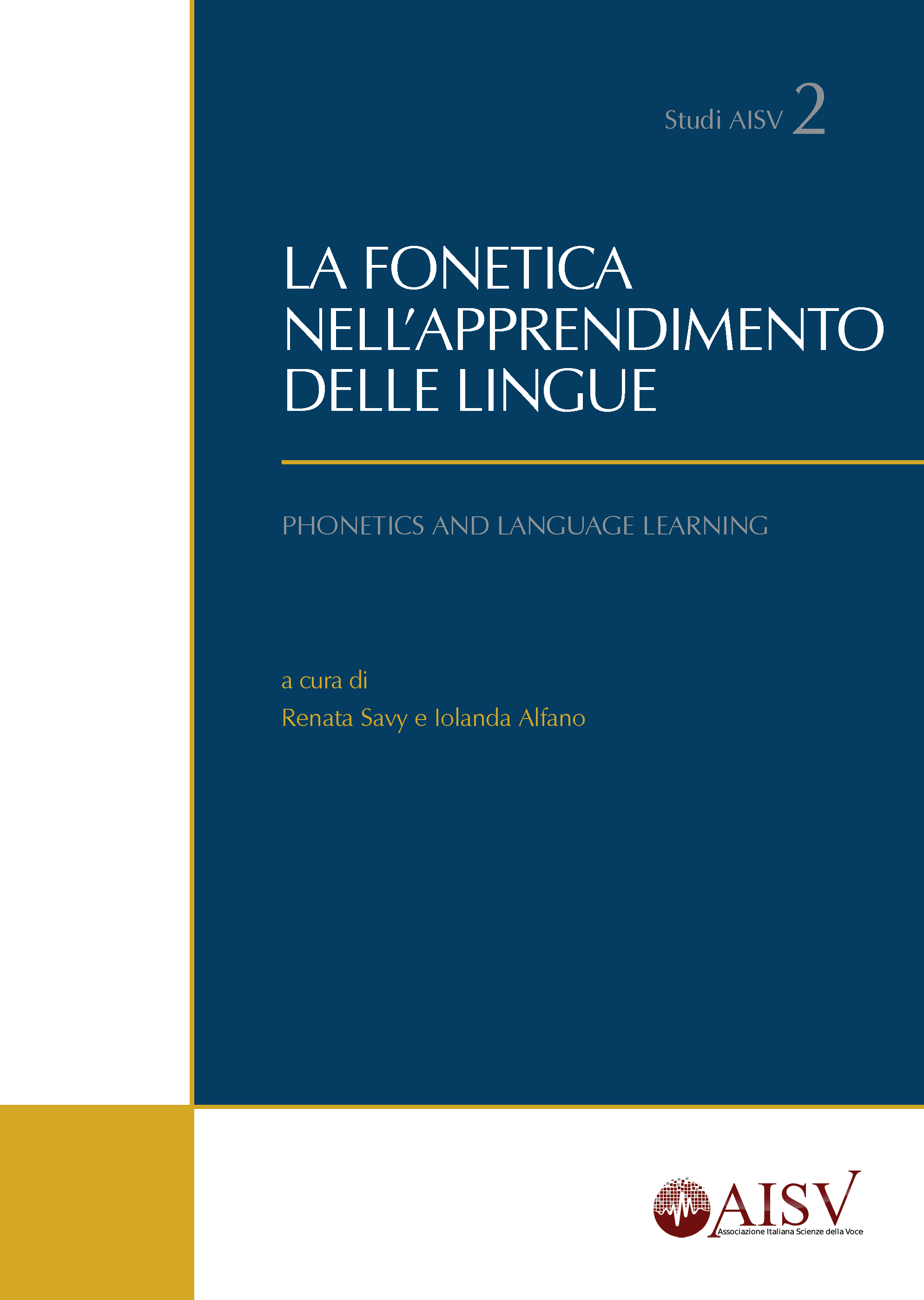Consonantal and vocalic gestures in the articulation of the Italian glides /j/ and /w/ at different syllable positions
DOI:
https://doi.org/10.17469/O2102AISV000020Keywords:
glides, kinematics, articulatory features, diphthongAbstract
From a phonological point of view, four glides (or approximants) exist in Italian: /j/, /w/, [i̯] and [u̯]. Glides still raise a lot of questions, from the definition of the necessary and sufficient features for their identification (Chitoran, Nevins, 2008), to their characterization at the acoustic and articulatory levels of speech production (Gick, 2003). In this paper, in order to describe the articulatory features of Italian glides, we analyzed the kinematics of both consonantal and vocalic gestures involved in the production of /j/ and /w/, by using 3D electromagnetic articulography (EMA; Carstens Medizinelektronik GmbH). The results show similar articulatory features for both glides in the way they differentiate themselves from corresponding vowels [i] and [u].
Downloads
Published
Issue
Section
License

This work is licensed under a Creative Commons Attribution-NonCommercial 4.0 International License.





